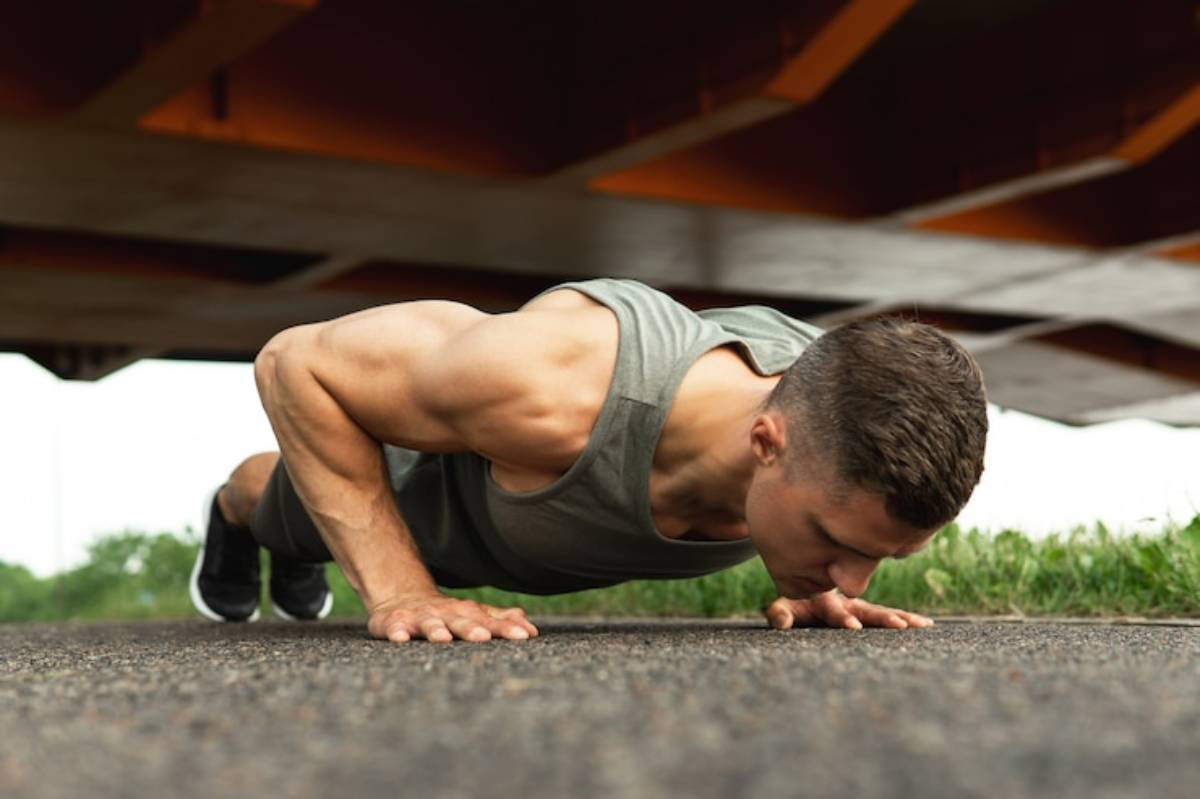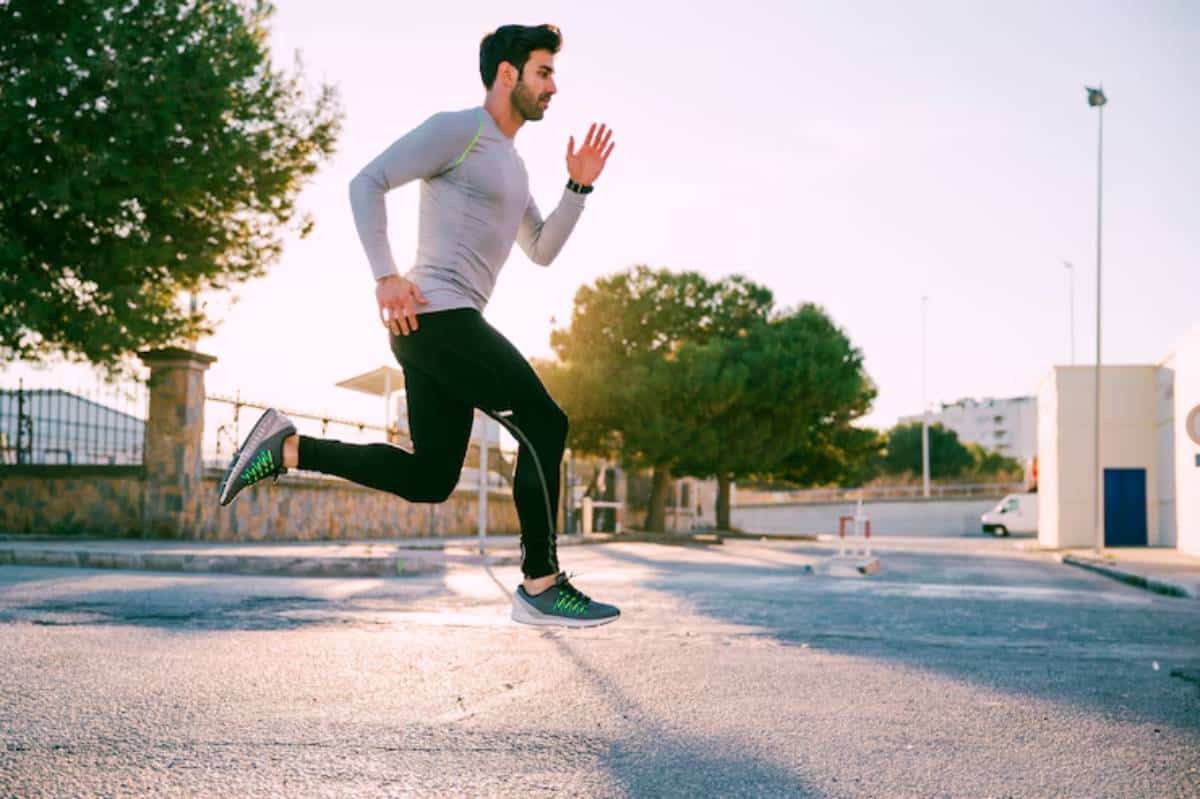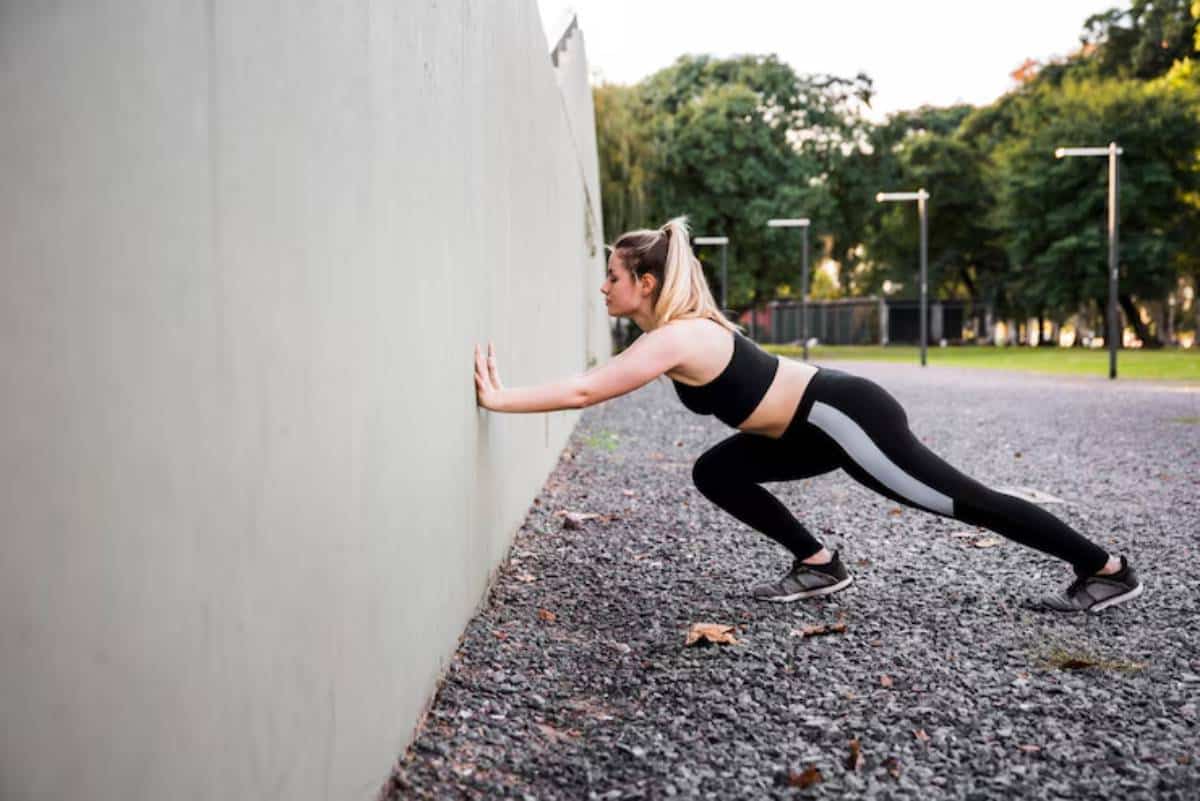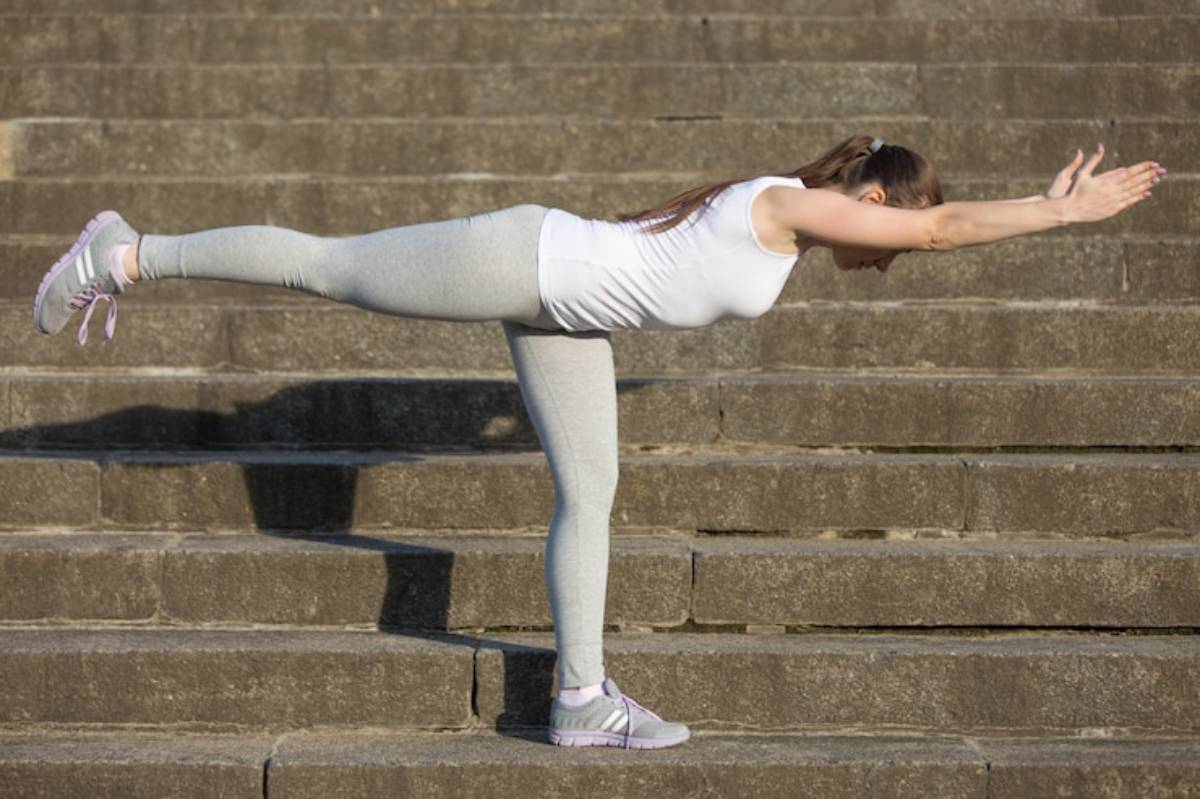
Single-Leg Exercises for Explosive Strength: Master Your Bodyweight Training
Ever tried standing on one leg for more than a minute? It’s trickier than it sounds, right? Now, imagine adding strength training into the mix — challenging, rewarding, and game-changing. Welcome to the world of single-leg strength training.
Whether you’re an experienced lifter or new to bodyweight training, unilateral (single-leg) exercises can boost your lower body strength, balance, and coordination. This guide explains how pistol squat progressions and other single-leg exercises can boost your explosive strength. You can do this without using weights.
Ready to take your leg day to the next level? Let’s dive in.
Why Focus on Single-Leg Strength?
Think about your everyday movements — walking, climbing stairs, running. How often do you rely on both legs equally? Rarely, if ever. Most of our movements are unilateral, meaning one leg is often doing more work than the other.
Training this way brings a host of benefits:
- Balance and stability: Strengthening each leg individually improves your balance. It reduces the risk of falls and injuries.
- Muscle imbalances corrected: We all have a dominant side. Unilateral training ensures both legs develop evenly.
- Joint health: Strengthening the muscles around your knees, hips, and ankles protects your joints.
Here’s the kicker: single-leg exercises work your core and nervous system harder. This can lead to better athletic performance overall.
The Power of Unilateral Bodyweight Training
Unilateral bodyweight exercises might sound basic, but they pack a punch. You use leverage, control, and range of motion to challenge your muscles instead of relying on external weights. This isn’t just about strength; it’s about moving better.
Key Benefits of Unilateral Bodyweight Training:
- Enhanced coordination: Training one leg at a time forces your brain and muscles to sync up.
- Greater muscle activation: Studies show unilateral exercises activate stabilising muscles more than bilateral ones.
- Minimal equipment needed: All you need is your body and a bit of floor space.
- Explosive power: Movements like jump lunges and skater hops build dynamic strength and speed.
Unilateral training isn’t just for beginners. Top athletes, like sprinters and martial artists, use these exercises to stay strong and focused.
Pistol Squat Progressions: The Ultimate Test of Leg Strength
The pistol squat is the holy grail of single-leg strength.
<Imagine this: squat down on one leg. Keep the other leg straight in front. Then push yourself back up. It’s as impressive as it sounds.
But let’s be honest — few people can jump straight into a full pistol squat. That’s where pistol squat progressions come in.
Why Pistol Squats Matter
- Full range of motion: They train your muscles through the entire movement arc, promoting mobility.
- Incredible leg strength: The controlled descent and ascent challenge your quads, hamstrings, glutes, and calves.
- Core engagement: Keeping your balance requires significant core stability.
Step-by-Step Pistol Squat Progressions
Progressing safely is crucial. Here’s a roadmap to guide you:
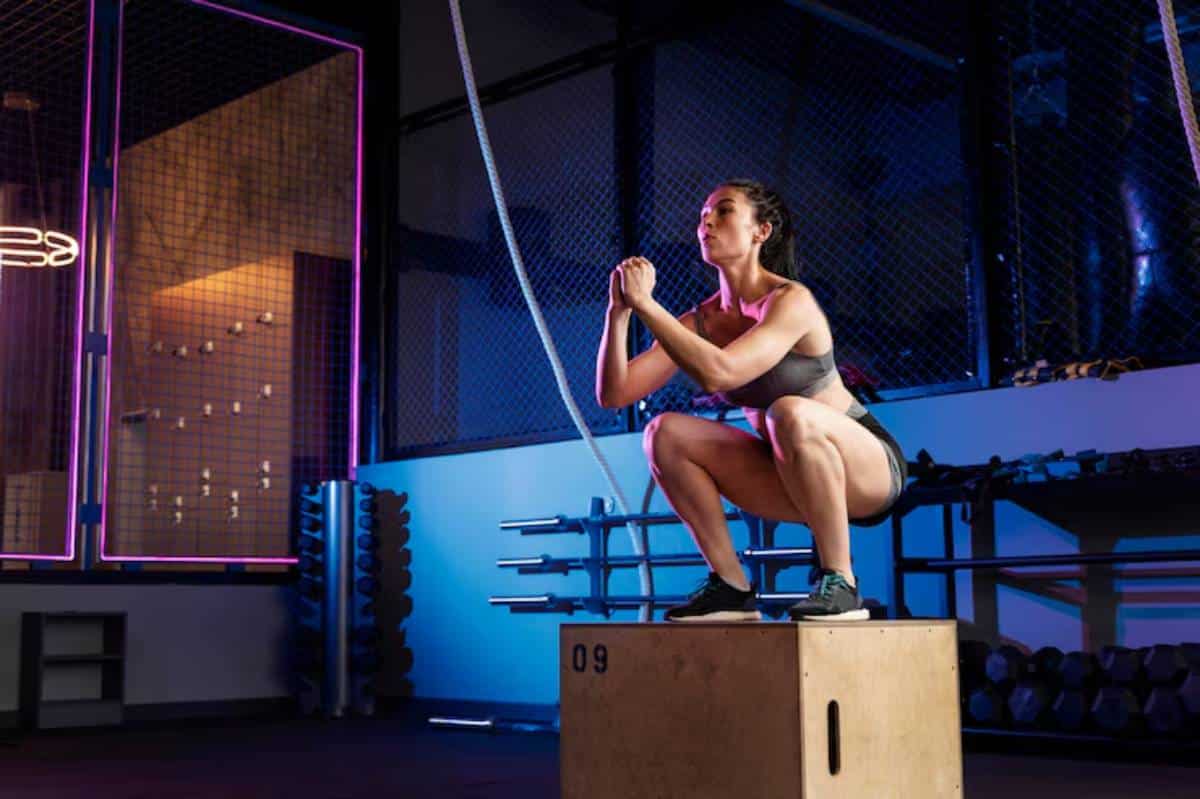
- Box Pistol Squat: Use a box or bench behind you. Lower yourself until your glutes lightly touch the box, then press back up. This limits range of motion and builds strength gradually.
- Assisted Pistol Squat (with a support): Hold onto a door frame, TRX strap, or even a sturdy table. Lower yourself down on one leg, using the support to help control your descent and ascent.
- Counterbalance Pistol Squat: Hold a light weight (like a dumbbell or even a water bottle) in front of you as a counterbalance. This helps with stability and allows you to sit back more easily.
- Eccentric Pistol Squat: Slowly lower yourself down on one leg (taking 3–5 seconds), then use both legs to stand back up. This focuses on the eccentric (lowering) phase, which builds strength fast.
- Full Pistol Squat: Once you can control the descent and ascent without assistance, you’ve nailed it!
Don’t rush the process. Mastering each stage ensures your joints and muscles adapt safely.
Other Essential Single-Leg Bodyweight Exercises
While pistol squats steal the spotlight, there’s a host of other unilateral exercises that deserve a place in your routine.
Here are some must-haves:
1. Bulgarian Split Squats
- What they are: A lunge variation with your back foot elevated on a bench or step.
- Why they rock: They hit your quads, glutes, and hamstrings hard while demanding balance and core stability.
How to do it:
- Place one foot behind you on a bench.
- Lower your back knee toward the floor, keeping your front knee aligned over your foot.
- Drive through your front heel to return to standing.
2. Step-Ups
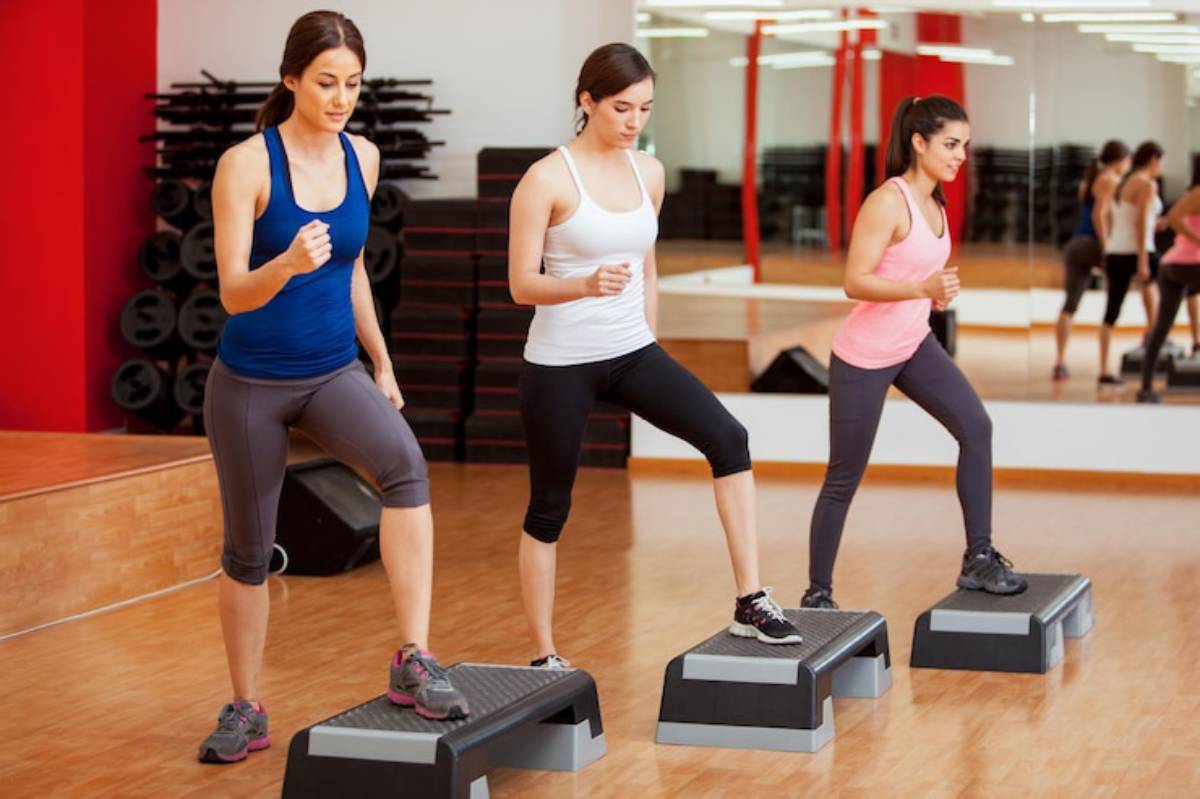
- What they are: Stepping onto a box or bench, driving through your front leg.
- Why they rock: They mimic everyday activities like climbing stairs and target your glutes and quads.
How to do it:
- Place one foot on a sturdy box or bench.
- Press through your heel to lift your body up.
- Slowly lower back down and repeat.
3. Single-Leg Glute Bridges
- What they are: A glute bridge performed with one leg lifted.
- Why they rock: They isolate your glutes and hamstrings, improving hip stability.
How to do it:
- Lie on your back with one foot planted and the other leg extended.
- Drive through your heel to lift your hips, keeping your core tight.
- Lower back down with control.
4. Skater Hops
- What they are: Side-to-side jumping lunges.
- Why they rock: They build lateral strength and explosive power.
How to do it:
- Hop laterally from one leg to the other.
- Land softly, absorbing the impact with your hips and knees.
- Maintain control and balance throughout.
Building Your Unilateral Bodyweight Training Routine
Wondering how to piece these exercises together? Here’s a sample workout to get you started:
| Exercise | Reps/Time | Sets |
| Assisted Pistol Squats | 8–10 each leg | 3 |
| Bulgarian Split Squats | 10–12 each leg | 3 |
| Single-Leg Glute Bridges | 12–15 each leg | 3 |
| Step-Ups | 10–12 each leg | 3 |
| Skater Hops (for power) | 30 seconds | 3 |
Pro tip: Perform this routine 2–3 times a week, ensuring at least one rest day between sessions. Focus on form over speed — quality always beats quantity.
Common Pitfalls to Avoid
Let’s face it — even the best intentions can go astray. Here are a few mistakes to steer clear of:
- Rushing progressions: Take your time with each phase, especially pistol squats. Pushing too fast can lead to injury.
- Neglecting mobility work: Tight hips or ankles can hold you back. Incorporate stretching and mobility drills regularly.
- Poor form: Focus on knee alignment, core engagement, and controlled movements to avoid strain.
Conclusion: Step Into Explosive Strength
Single-leg strength training builds strong legs, but it also creates a balanced, resilient body. This helps you move with ease and precision. If you want to improve your athletic performance, prevent injuries, or master your bodyweight, try pistol squat progressions and unilateral bodyweight training. They can help you reach your goals.
Remember, progress takes patience. Celebrate small wins — like your first assisted pistol squat or when you master your balance on skater hops. These milestones add up.
Ready to feel stronger, move better, and unlock your body’s potential? Start your unilateral training journey today. If you found this guide helpful, share it with a friend or leave a comment below. Got questions or want more tips? Let’s keep the conversation going!
